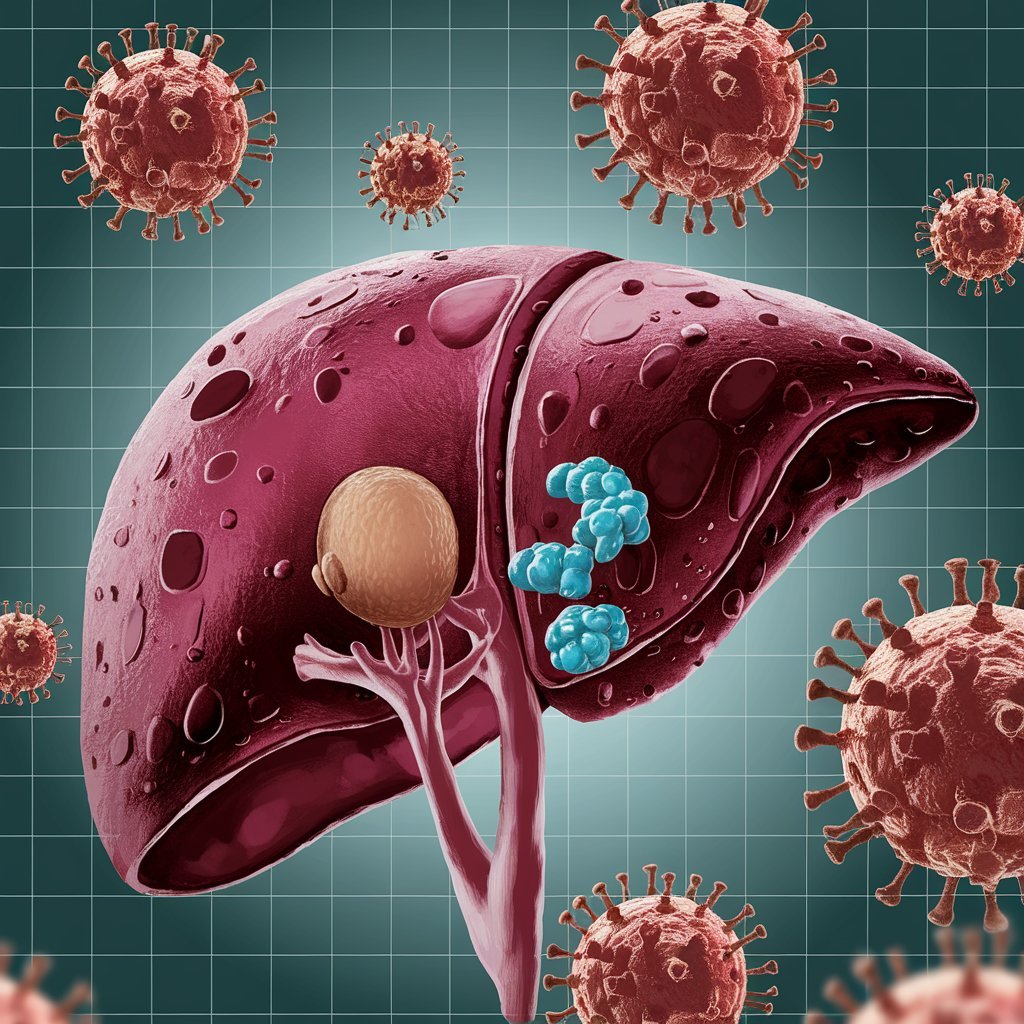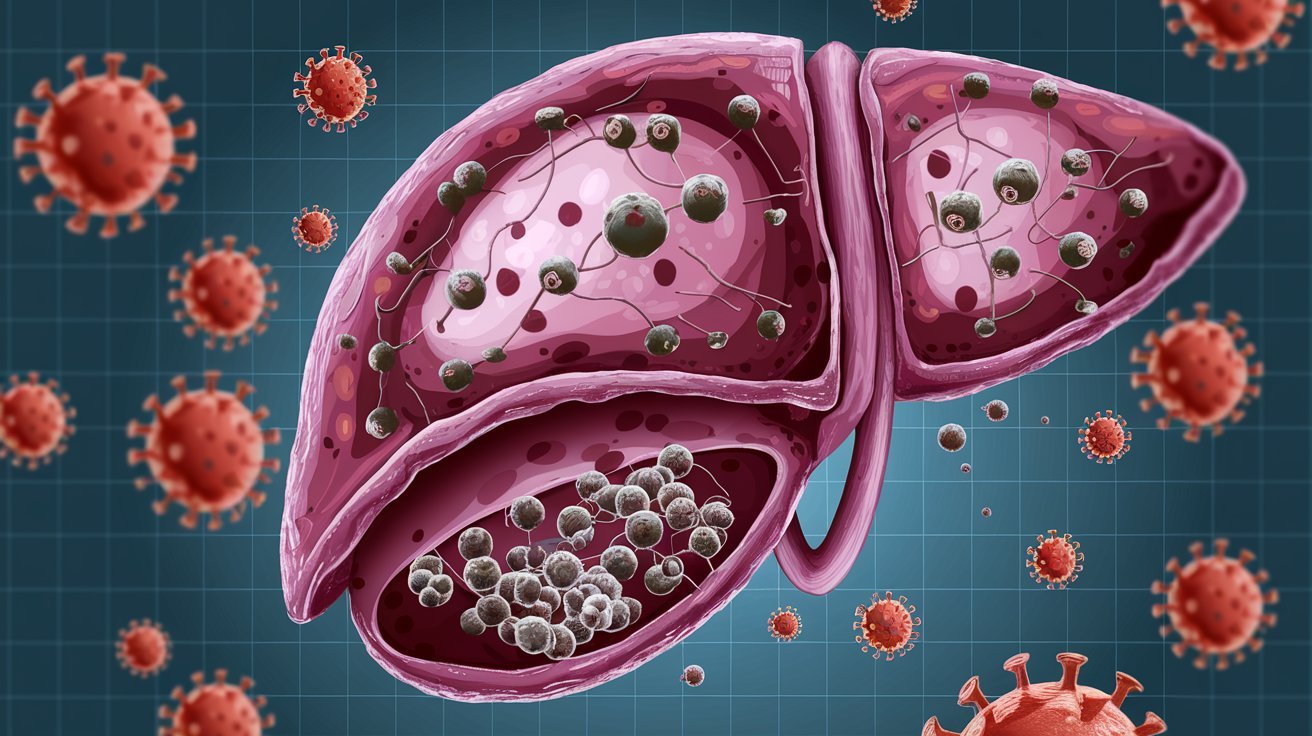Understanding Hepatitis: Causes, Symptoms, and Prevention
Hepatitis is a severe liver condition that consequences from inflammation of the liver cells. The ailment can be caused by different factors, consisting of viruses, alcohol abuse, toxins, and positive medicines. Understanding hepatitis is essential to defensive oneself and others from this potentially existence-threatening contamination.
What is Hepatitis?
Hepatitis alludes to inflammation of the liver, a essential organ chargeable for managing supplements, sifting blood, and scuffling with sicknesses. Inflammation can impair those features, leading to critical fitness issues. The situation is by and large because of viral infections however can also end result from autoimmune illnesses, alcohol consumption, pollution, and certain medications.
There are 5 primary sorts of viral hepatitis: A, B, C, D, and E. Each kind is caused by a special virus and has specific transmission techniques, signs, and treatment alternatives.
Types of Hepatitis
Hepatitis A
Hepatitis A can be an extremely infectious liver ailment delivered about by way of the hepatitis An infection (HAV). It is typically sent through the ingestion of polluted food or water or close touch with a infected individual. Unlike other forms of hepatitis, hepatitis A does not lead to continual liver ailment and is commonly self-limiting, that means most human beings get better absolutely without long-term liver damage.
Hepatitis C
Hepatitis C is mainly spread thru blood-to-blood touch, often through the sharing of needles or other gadget used to inject drugs. Unlike hepatitis B, there is no vaccine for hepatitis C, and the infection can end up continual, main to long-term liver harm, liver failure, or liver cancer.
Hepatitis D
Hepatitis D most effective happens in folks who are already infected with hepatitis B. The hepatitis D virus (HDV) calls for the hepatitis B virus to replicate, making it a more severe contamination. Co-contamination with HBV and HDV can bring about greater speedy development to liver disease, which include cirrhosis and liver most cancers.
Hepatitis E
Hepatitis E is in general transmitted through the intake of contaminated water in areas with negative sanitation. The contamination is normally self-limiting, but it could be greater intense in pregnant women, main to a better hazard of liver failure and dying.

Symptoms of Hepatitis
The side results of hepatitis can shift contingent upon the type and seriousness of the contamination. Some individuals may be asymptomatic, while others might also revel in acute signs and symptoms. Common symptoms of hepatitis include:
Weakness: Relentless sluggishness that does not enhance with rest.
Jaundice: Yellowing of the pores and skin and eyes due to accelerated degrees of bilirubin.
Stomach Torment: Uneasiness or anguish inside the upper right half of the mid-location, in which the liver is located.
Loss of Appetite: A lower in urge for food, often followed with the aid of nausea and vomiting.
Dark Urine: Urine that appears darker than usual because of the presence of bilirubin.
Clay-Colored Stools: Pale or clay-coloured stools, indicating a loss of bile go with the flow.
In persistent instances of hepatitis, signs might not appear till widespread liver damage has occurred. These can encompass weight reduction, confusion, and swelling inside the legs or stomach due to fluid accumulation.
Diagnosis and Treatment of Hepatitis
Diagnosing hepatitis commonly involves blood checks to stumble on the presence of hepatitis viruses, determine liver features, and determine the severity of liver harm. Imaging checks which include ultrasound, CT scans, and liver biopsy will also be used to evaluate the extent of liver harm.
Treatment Options
The remedy for hepatitis varies depending on the sort and severity of the infection:
Hepatitis A: No particular remedy is wanted for hepatitis A, because the infection commonly resolves on its very own. Supportive care, which include relaxation, hydration, and proper nutrients, is usually recommended.
Hepatitis B: Antiviral medicinal drugs may be prescribed to lessen the chance of liver damage and control chronic hepatitis B. Regular tracking and liver feature exams are important.
Hepatitis C: Antiviral remedy, such as direct-acting antivirals (DAAs), is used to deal with hepatitis C. These medicinal drugs can therapy the contamination in most cases, however early diagnosis and remedy are critical.
Hepatitis D: Treatment for hepatitis D is challenging, and options are restricted. Antiviral remedy and interferon are on occasion used, but the effectiveness varies.
Hepatitis E: Similar to hepatitis A, hepatitis E is normally self-restricting, and supportive care is usually recommended. In excessive instances, specifically in pregnant women, hospitalization may be essential.
Prevention of Hepatitis
Forestalling hepatitis includes a mix of immunization, safe practices, and preferred well-being measures:Inoculation: Immunizations are on hand for hepatitis An and B. Immunization is specially essential for people at better risk, along with healthcare employees, travelers to endemic regions, and people with persistent liver ailment.
Safe Practices: Avoiding the sharing of needles, training safe intercourse, and making sure the safe managing of meals and water can lessen the danger of hepatitis transmission.
Public Health Measures: Improving sanitation and get admission to to smooth water, especially in developing countries, is crucial for stopping the spread of hepatitis E.
Conclusion
Hepatitis is a complex and doubtlessly existence-threatening situation that calls for focus, prevention, and timely remedy. By understanding the specific kinds of hepatitis, recognizing the signs, and adopting preventive measures, we are able to protect ourselves and decrease the global burden of this disease.





